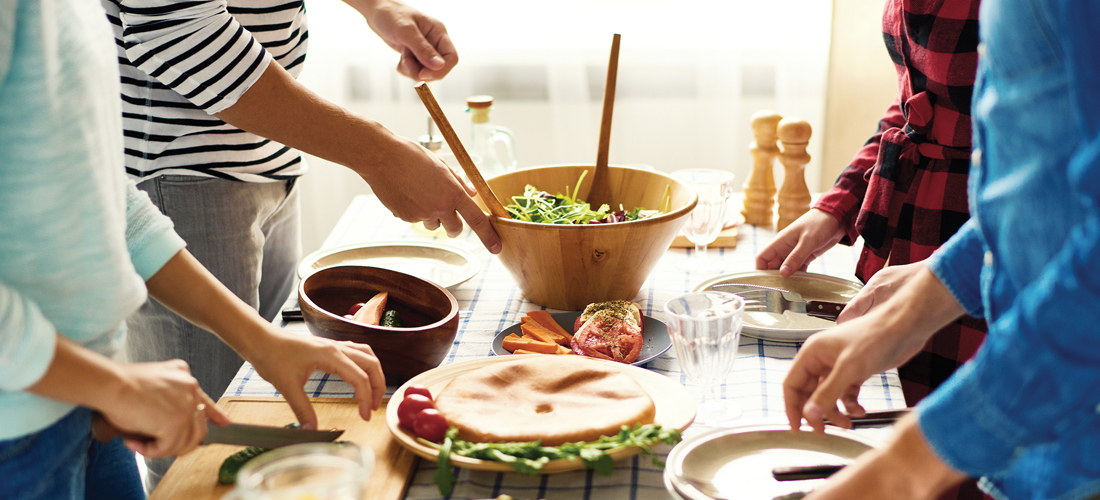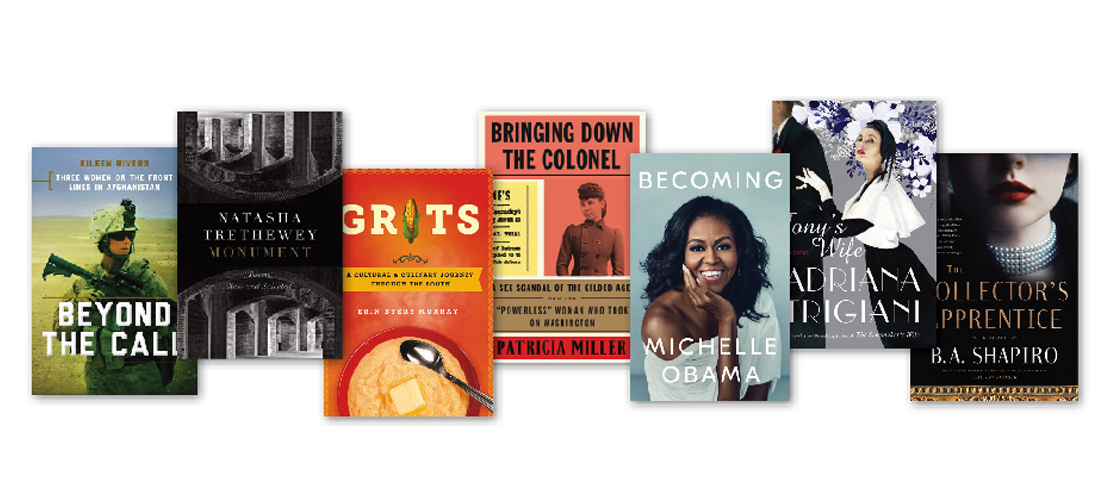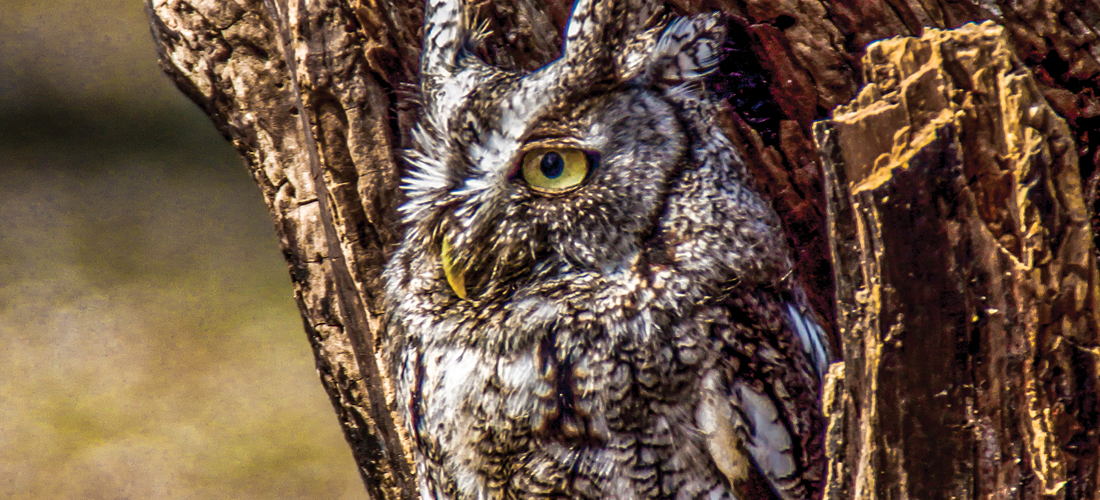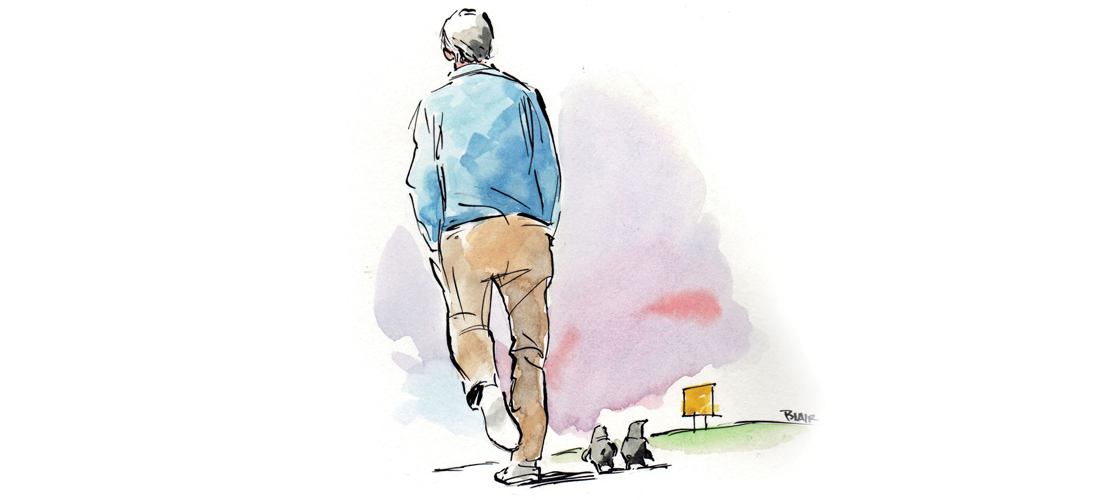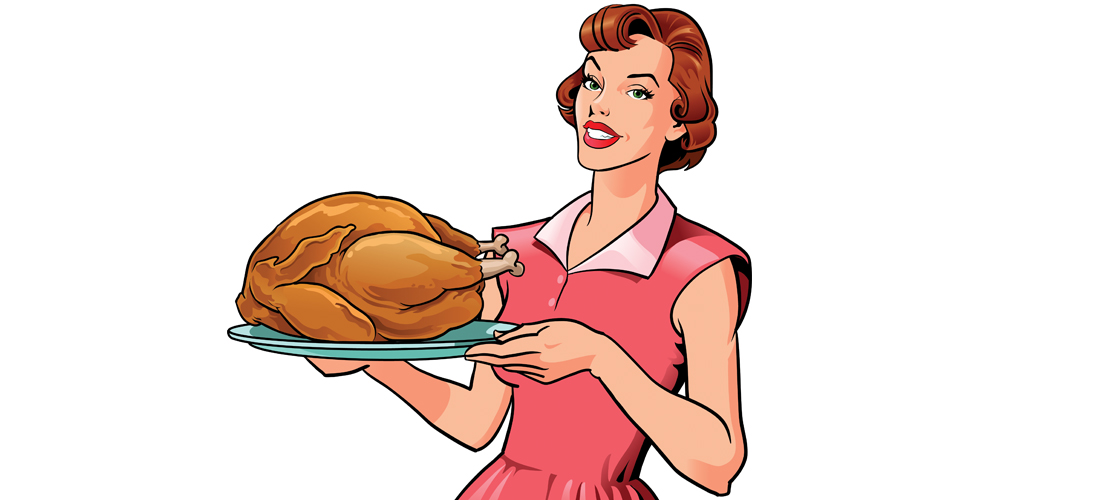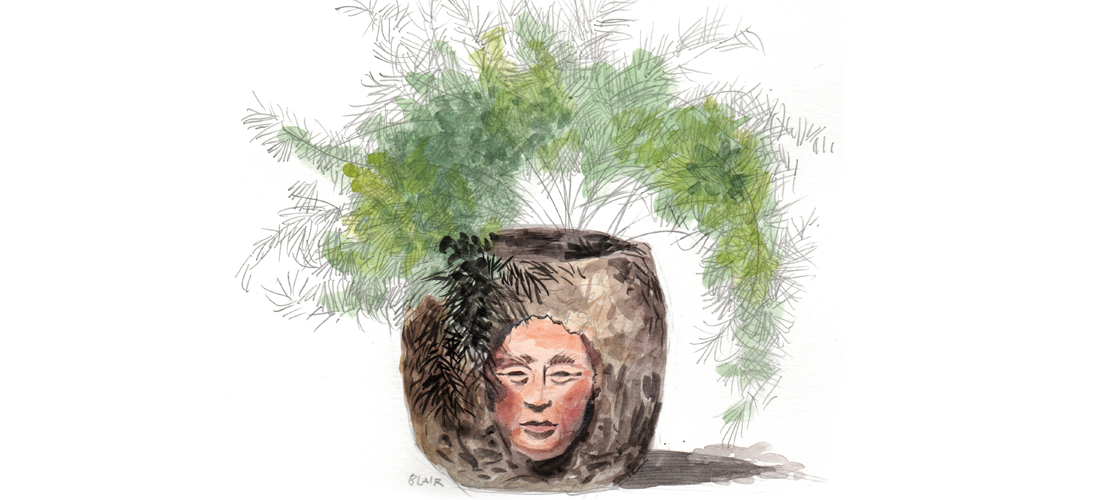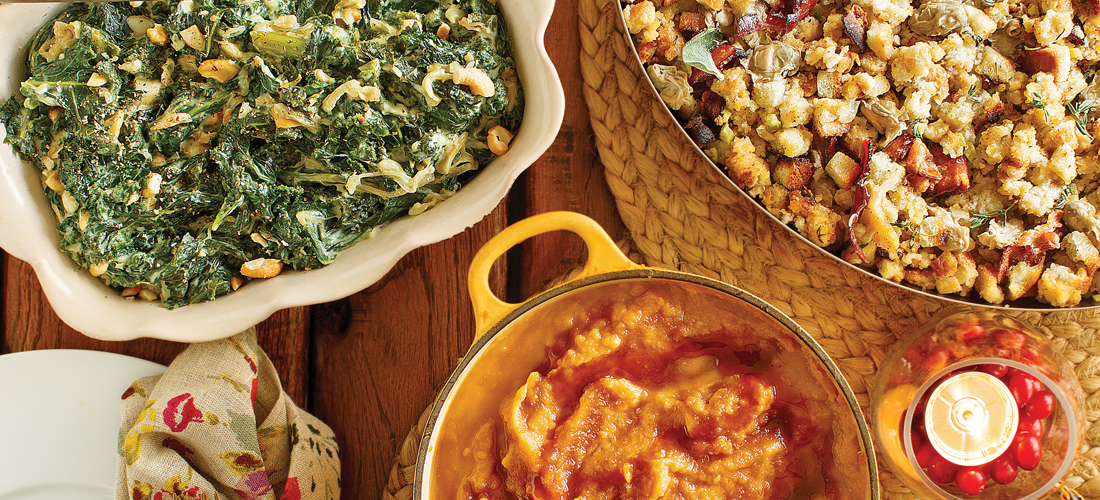A Tar Heel Thanksgiving
Over the river and through the woods . . . from mountains to the coast we go for a feast rich in the tastes and traditions of North Carolina
By Jane Lear • Photographs by James Stefiuk
A Southern Thanksgiving typically occurs around a table so crowded with platters and serving bowls there is barely enough room for glasses and flatware. A sausage and cornbread dressing may jostle for space with oyster casserole and hot, lighter-than-air biscuits; rice and cream gravy may vie with braised turnip greens dotted with crisp bacon. And then there’s the roast turkey, with its burnished, crackling skin, taking center stage. It’s a wonder anyone has room for dessert.
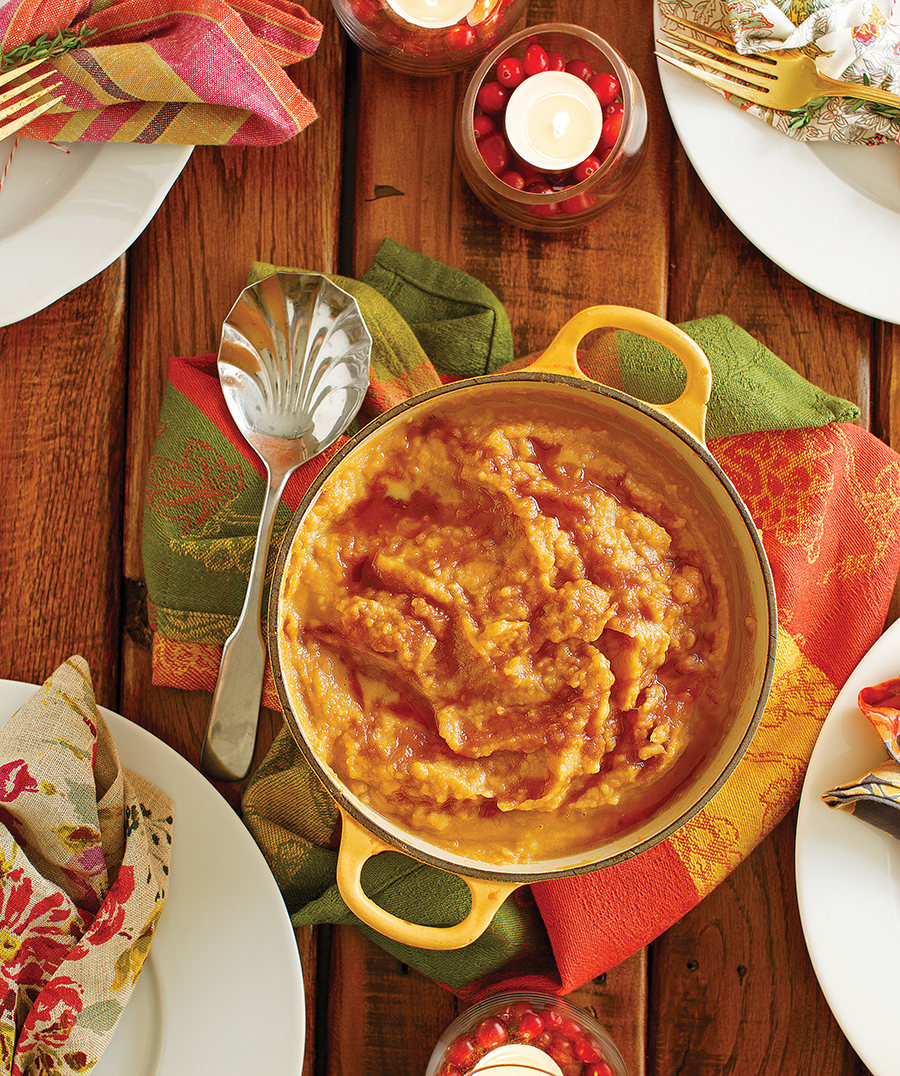
It wasn’t always so — many Southerners considered Thanksgiving a New England (that is, abolitionist) holiday well into the 20th century — but now we happily, gratefully come together on the fourth Thursday in November to honor and sustain ties to family, friends and, of course, place.
Generally speaking, the South is a cornucopia of numerous cuisines, and when it comes to North Carolina in particular, the variation is remarkable, sweeping as it does from the hills and hollows of Appalachia to the lush Piedmont — with its low, rolling hills, it’s as rumpled as a collard leaf — and on down a broad swath of Coastal Plain to the Atlantic. And while it’s true that a simple, almost austere bowl of soup beans and cornbread seems a world away from a lavish platter of deviled crab, they are both products of an abundant region.
They are products, too, of the complex, bittersweet melting pot that was the antebellum South. European explorers and settlers brought, among other provisions, pigs, cattle, chickens, wheat, apples and turnips. Along with the slave trade came rice, okra, collard greens, black-eyed peas, peanuts, sorghum and watermelon. And all the newcomers relied greatly on Native American foodstuffs, including seafood, corn, beans, squash, sweet potatoes, chestnuts and low-bush cranberries, once common to the wetlands of Pamlico Sound.
And so when I was asked to come up with three side dishes that exemplified, respectively, the mountains, Piedmont, and coast of North Carolina, there was an astonishing array to choose from. At the end of the day, though, I realized that at Thanksgiving, none of us is really interested in complicated food, with lots of bells and whistles. What we crave is food that is sumptuous yet straightforward, rich yet not cloying. The flavors that speak to us are profound and nourish us on several different levels.
Take, for instance, sorghum mashed sweet potatoes. North Carolina, which grows almost half the country’s supply of sweets, designated the tuber the state vegetable in 1995. Most of the production is in the sandy soils of the Coastal Plain, but sweets are grown all over the state, including the mountains. What really gives this recipe its Southern Appalachian cred, however, is the sweetener used: sorghum syrup, which is the cooked-down juices of the tall canelike sorghum plant. It’s not as assertive as molasses (a byproduct of refined-sugar manufacturing), but its depth charge of flavor really resonates.
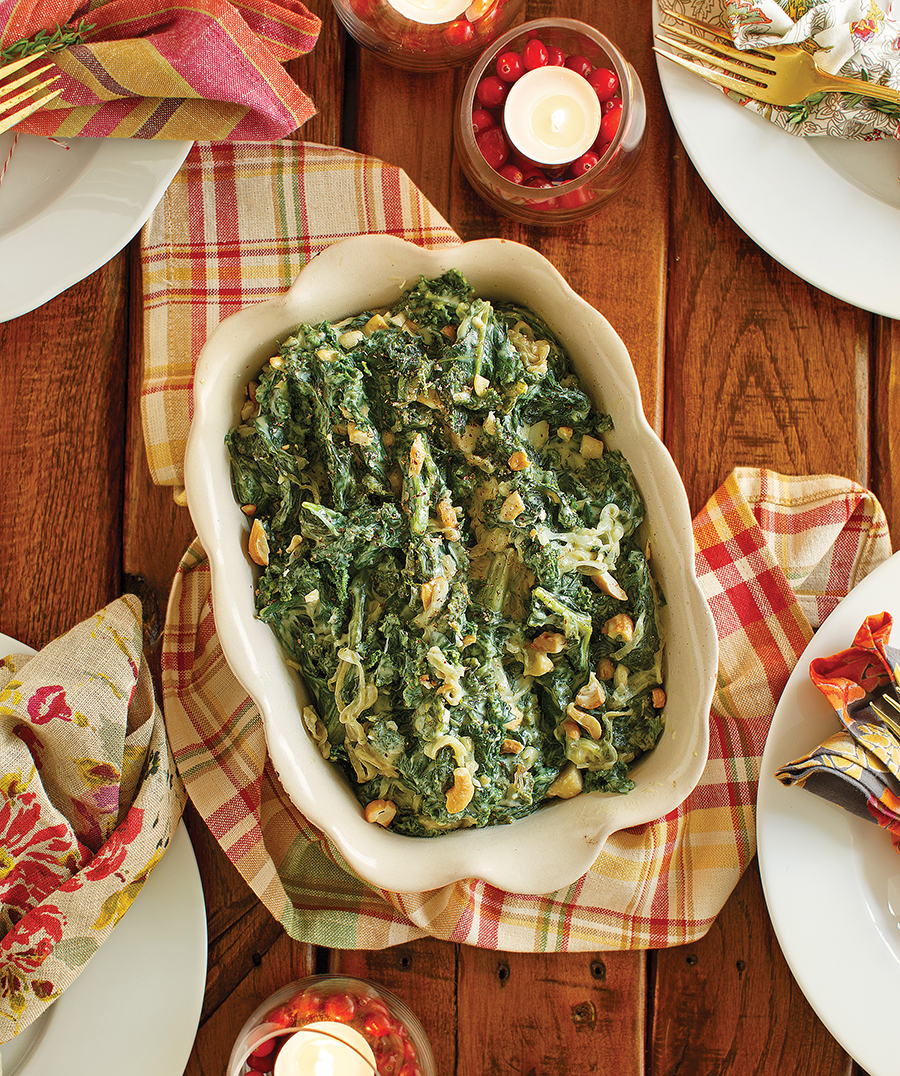
In addition to having a great affinity for sweet potatoes, sorghum is wonderful swirled into butter. “I can’t tell you why sorghum syrup blended at the table with soft butter tastes better on a hot biscuit than putting the two on separately,” wrote Ronni Lundy in her instant classic, Victuals: An Appalachian Journey, with Recipes. “I can just tell you it does, unequivocally. And that’s why generations of mountain mamas have taught their babies how to do this.”
Sweet potatoes, by the way, are not yams. A true yam (the word comes from the West African inhame, pronounced “eenyam”) is a starchy, unsweet tuber that originated in the tropics, and although you’ll find it in African, Caribbean, Philippine and Latin groceries, odds are it isn’t piled in a big heap at your local Harris Teeter or Food Lion.
Not only are sweet potatoes not yams, they’re not real potatoes, either, but a member of the morning glory family. Given its Latin name, Ipomoea batatas, it’s not a huge linguistic stretch from batata to patata and potato. To further confuse the issue, back in the 1930s, promotors of Louisiana-grown sweets used the word yam to distinguish their crop from those grown in other states, and the misnomer became the basis for an enduring culinary myth.
When it comes to a green vegetable at Thanksgiving, lots of folks are happy with Brussels sprouts or broccoli embellished with crisp bacon or toasted nuts. There is nothing wrong with these delicious options, but I am always eager for the first frost-kissed pot greens of the season. Many people consider them sweeter than they are at other times of year, and their opinion has its basis in fact. In response to cold temperatures, the greens break down some of their energy stores into sugars, and so are at their peak flavorwise.
Southerners tend to simmer a variety of greens together, and each has its own character: Collards are mellow and meaty; turnip greens are sharp and spicy; and kale provides a sturdy underpinning and plays well with the others. In the recipe below, a satiny béchamel sauce rounds out the natural bitterness of the greens and lifts them into the realm of the extraordinary, especially with a little help from glossy, rich chestnuts.
Like most home cooks, I don’t have the time or inclination to roast and peel chestnuts at home. That job, not nearly as romantic as it sounds (your fingers burn, bleed, or both), falls squarely in my “Not No, but Hell, No” category. The pre-roasted chestnuts in a vacuum-packed jar — available almost everywhere this time of year — are excellent, a true convenience food, and do the job beautifully.
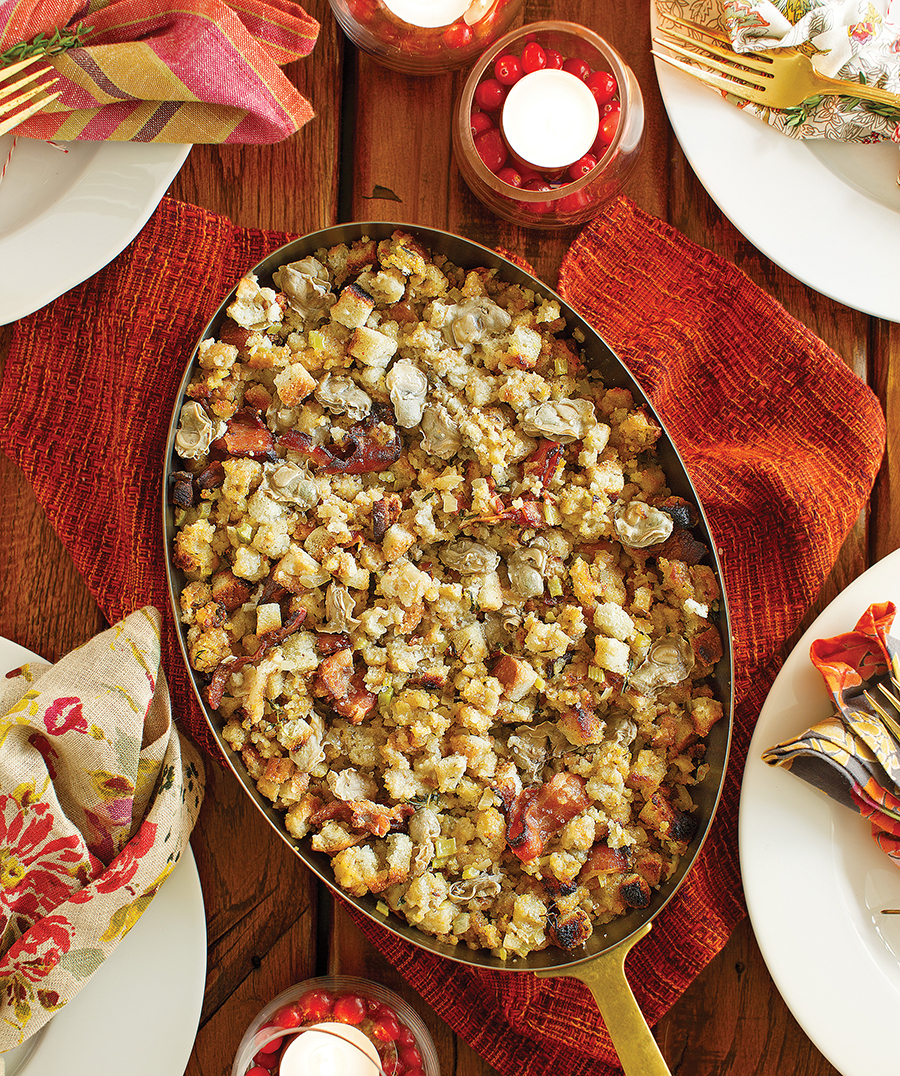
They are, however, from Italian, not American chestnut trees, and therein lies a tale. The vast majority of American chestnuts — an estimated 4 billion trees — succumbed during the mid-20th century to chestnut blight, a fungus that thumbed a ride on imported Asian trees. This great American tragedy has all but been forgotten, except by many in rural communities — from the North Carolina Piedmont to the Ohio Valley, from Maine to Florida — whose economy depended upon the “redwood of the east.” It grew tall (often 100 feet or more), fast, and as straight as a column, providing rot-resistant hardwood for houses, fences, and furniture — from cradle to coffin, as it were.
A single mature chestnut could reliably produce 6,000 nuts every year. High in fiber, vitamin C, protein and carbohydrates, they were a boon to both settlers and their livestock, as well as an intricate web of wildlife, from pollinators to birds and bears. These days, dedicated plant scientists and volunteers are breeding and planting blight-resistant trees to repopulate our eastern woodlands. The widespread effort is led by the Asheville-based American Chestnut Foundation, and you can find out more at acf.org.
One of the things I’ve long found interesting about Thanksgiving is the widespread presumption that all Americans eat exactly the same food, the sort conjured by Norman Rockwell’s sentimental 1943 painting Freedom from Want (a.k.a. “the Thanksgiving Picture”). But in my experience, plenty of families happily veer far from this ideal based on their heritage and local bounty, and they don’t give it a second thought.
Dressing is an excellent example of what I mean. (Yes, most Americans call it stuffing, even those who prefer to bake it separately instead of inside the bird, but “dressing” is still widely used in Southern circles.) It never occurred to me until I was almost grown that different families have different takes on this traditional accompaniment. While at college, I went home with a Midwestern roommate for the holiday, and the hearty caraway-spiked rye bread, sauerkraut and apple rendition her mom served was worlds away from my mother’s cornbread dressing with sage and onion. I was stunned and amazed.
Since then, I’ve broadened my outlook and, emboldened by an 18-year tenure at Gourmet magazine, I’m not shy about trying something new. Homemade cornbread or a mix of cornbread and a store-bought country loaf is my usual base, but then I roll up my sleeves and have fun. For years, I made a sausage and fennel dressing, sometimes enlivened with cranberries or dried cherries. Prosciutto, pancetta or bacon is always good in a dressing — all are lighter than sausage — and pecans provide a nutty, irresistible crunch. The combination of chestnuts, apples and leeks is a serendipitous one, as is chard, golden raisins and pine nuts.
And on this most inclusive of holidays, dressing is extremely versatile. Chorizo and fresh green chiles push it in a Southwestern direction; andouille and dirty rice (instead of bread) give it New Orleans flair. One Chinese-American friend in Winston-Salem makes a heavenly concoction that involves dried Chinese sausage, shiitake mushrooms and bok choy, for crunch. You get the picture.
This year, however, in the wake of Hurricane Florence, my thoughts are with friends and family in Wilmington and elsewhere in the Old North State. We all love our oysters, and even though I’ll probably kick off my Thanksgiving Day celebration with a few dozen on the half shell, incorporating them into my dressing doesn’t seem like overkill. Chopped, they won’t come across as a disparate seafood component, but will add richness and a deep savoriness to a simple herb and onion dressing. We’d miss them if they aren’t there.
Happy Thanksgiving! Here’s hoping you find room for just one more bite.
Sorghum Mashed Sweets
Serves 8
You’ll find a number of different sweet potato varieties at supermarkets, especially this time of year. In general, the deeper the flesh color, the moister and sweeter they are when cooked. Sorghum syrup is available at many supermarkets and online sources. Because some brands are cut with corn syrup, make sure the label reads “100 percent sorghum.”
6 pounds sweet potatoes, scrubbed and pricked with a fork
1 stick unsalted butter, melted
1/2 cup half and half or heavy cream, warmed through
2 tablespoons sorghum syrup, or to taste
Coarse salt and freshly ground pepper
1. Preheat the oven to 400°. Put the sweet potatoes on a foil-lined baking sheet and bake until extremely tender, at least an hour or more. Let cool, then halve and spoon the flesh into a bowl, discarding skins.
2. Mash the sweets with a potato masher until smooth, then stir in butter, half and half, and sorghum. Season with salt and pepper to taste.
Creamed Greens with Chestnuts
Serves 8
Keep the turnip greens separate after chopping — they’re added to the pan after the thicker-leaved collards and kale have cooked for a while. No turnip greens? No problem. You could substitute mustard greens, with their radishy hotness, or chard, which turns especially silky when cooked.
1 large bunch each collards, kale and turnip greens, tough stems discarded and leaves coarsely chopped (about 20 cups total; see above note)
Coarse salt
3/4 cup dry white wine
6 tablespoons unsalted butter, divided
2 large shallots, thinly sliced
1 bay leaf
1 cup jarred vacuum-packed chestnuts, coarsely chopped
2 tablespoons all-purpose flour
1 1/2 cups whole milk
1 1/2 cups heavy cream
Pinch of freshly grated nutmeg
1. Wash the greens well; shake off the excess water but don’t dry completely. In a large sauté pan, cook the collards and kale with salt and wine over moderately high heat, covered and turning with tongs occasionally, until wilted. Reduce heat to moderate and cook, turning occasionally, until almost tender, about 15 minutes. Add turnip greens and cook, uncovered, until wilted. Transfer greens to a bowl.
2. Melt 4 tablespoons butter in the sauté pan over high heat. Add the shallots and bay leaf and cook, stirring, until shallots are softened, 2 to 3 minutes. Stir in chestnuts and cook about a minute more. Discard bay leaf, then stir in greens to incorporate and set aside.
3. Melt remaining 2 tablespoons butter in a saucepan over moderately high heat. Whisk in the flour, then gradually whisk in the milk and cream. Bring to a simmer, then simmer, whisking constantly, until sauce thickens slightly and just coats the back of a spoon, about 2 minutes or so. Whisk in nutmeg and 1 teaspoon salt to taste. Stir sauce into greens and cook over moderate heat until all is heated through.
The greens can be chopped a day ahead and refrigerated in a resealable plastic bag. The sauce can be made a day ahead and refrigerated, its surface covered with parchment paper; reheat before using. (If necessary, thin with a little milk while reheating.)
Oyster Dressing à la Gourmet
Serves 8
You can assemble this dressing, without the oysters, up to 2 days ahead, then refrigerate it, covered. Before baking, bring the dressing to room temperature and stir in the oysters.
About 2 loaves country-style white bread (not sourdough), torn into 3/4-inch pieces (about 12 cups), or a mix of white bread and your favorite cornbread, broken into 3/4-inch pieces
8 slices bacon, cut crosswise into 1/2-inch pieces
Extra-virgin olive oil (if necessary)
2 medium onions, finely chopped
1 1/2 cups chopped celery
1 tablespoon minced garlic
3 tablespoons chopped fresh thyme or 1 tablespoon dried thyme, crumbled
1 tablespoon finely chopped fresh sage or 2 teaspoons dried sage, crumbled
Coarse salt and freshly ground pepper
2/3 cup finely chopped fresh parsley
1 stick unsalted butter, melted
18 oysters, shucked, drained and chopped
2 1/4 cups turkey or chicken stock (or store-bought low-sodium
chicken broth)
1. Preheat oven to 325° with the racks in upper and lower thirds of oven. Butter a 3- to 3 1/2-quart baking dish.
2. Spread the bread pieces on 2 baking sheets and bake, switching position of sheets halfway through baking, until golden, 25 to 30 minutes. Let bread cool, then transfer to a large bowl. Leave oven on and put 1 rack in the middle of oven.
3. Cook the bacon in a large heavy skillet over moderate heat, stirring occasionally, until crisp, about 10 minutes. Let drain on paper towels, reserving fat in skillet.
4. If bacon rendered less than 1/4 cup fat, add enough olive oil to skillet to measure 1/4 cup. Add the onions, celery, garlic, thyme, sage, 1/2 teaspoon salt, and 1/4 teaspoon pepper to skillet and cook over moderate heat, stirring occasionally, until vegetables are softened, about 10 minutes. Transfer to bowl of bread, then stir in bacon, parsley, butter, and oysters. Drizzle with stock, season with salt and pepper, and toss well to combine.
5. Transfer dressing to the baking dish. Bake, covered, for 30 minutes. Uncover and bake until browned on top, about 30 minutes more. OH
Jane Lear was the senior articles editor at Gourmet and features director at Martha Stewart Living.

